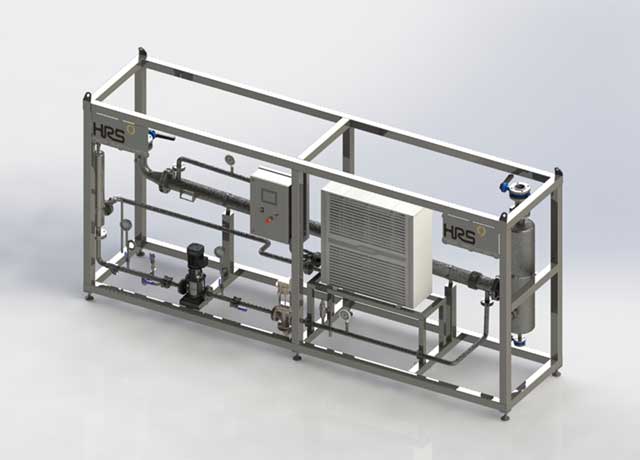Fuelling the UK’s green gas revolution

The use of biomethane as a transport fuel is an exciting prospect, but to date development of the necessary infrastructure in the UK has been disappointing.
A report last year¹ showed using biomethane could reduce well-to-wheel (WTW) CO2e emissions in road transport by between 35% and 88% depending on the vehicles and lifecycle analysis used. The European Biogas Association also points out that, ‘In addition to using pure biomethane in vehicles, a smart cost-efficient way to reduce greenhouse gas (GHG) emissions to meet national targets is by blending it with natural gas. For example, using a blend with 20% biomethane can yield GHG emission savings of 39% when compared to gasoline on the well-to-wheel basis.’
The need to find a green alternative to diesel has never been greater. Nitrogen dioxide pollution, mostly from diesel vehicles, has been illegally high in most urban parts of Britain since 2010, and UK air pollution is linked to 40,000 early deaths each year. Substituting diesel for UK-produced biomethane also improves energy security and reduces our reliance on imports of natural gas and other petroleum products from volatile parts of the world.
Barriers to the greater uptake of biomethane in transport have included a lack of vehicles and constrained biomethane production, but these arguments no longer hold true. Over the past few years, biomethane has seen the biggest growth of any sub-sector of the UK’s AD industry. There are now 87 biomethane generating almost 64,000m³/hour of green gas².
The remaining barriers to greater uptake revolve around the logistics of fuel supply, the relative costs of upgrading biogas to biomethane, and a lack of clear government policy. Past support via the Renewables Obligation (RO), the Feed-in Tariff (FIT) and the Renewable Heat Incentive (RHI) has provided greater incentives for turning biogas into electricity or injecting biomethane into the gas grid, than the Renewable Transport Fuels Obligation (RTFO) has provided for turning biogas into a transport fuel. The ‘double counting’ of Renewable Transport Fuel Certificates for biogas from waste sources also skews demand, making it uneconomic for crop-fed plants to take advantage of the transport market.
If biomethane is to fulfill its potential, it needs clear policies from government which give investors sufficient confidence while technical efficiencies in the upgrading process must be maximized.
Heat plays a key role in various biogas upgrading methods ¬– cooling and condensation may be used to remove water or siloxanes from biogas, while refrigeration may be used in CO2 washing systems. Cryogenic upgrading technologies, meanwhile, use the different boiling and sublimation points of different components of biogas to freeze CO2 and evaporate nitrogen. All of these processes can be made more efficient if existing sources of heating and cooling in a plant are utilized through heat exchangers. Choosing the correct heating and cooling technology, and selecting the right heat exchanger for your project, is therefore vital to the success of the biogas upgrading process.
HRS is happy to work with any biogas-to-biomethane upgrading project, investigating the potential to improve system efficiencies and helping to fuel the next generation of gas vehicles.